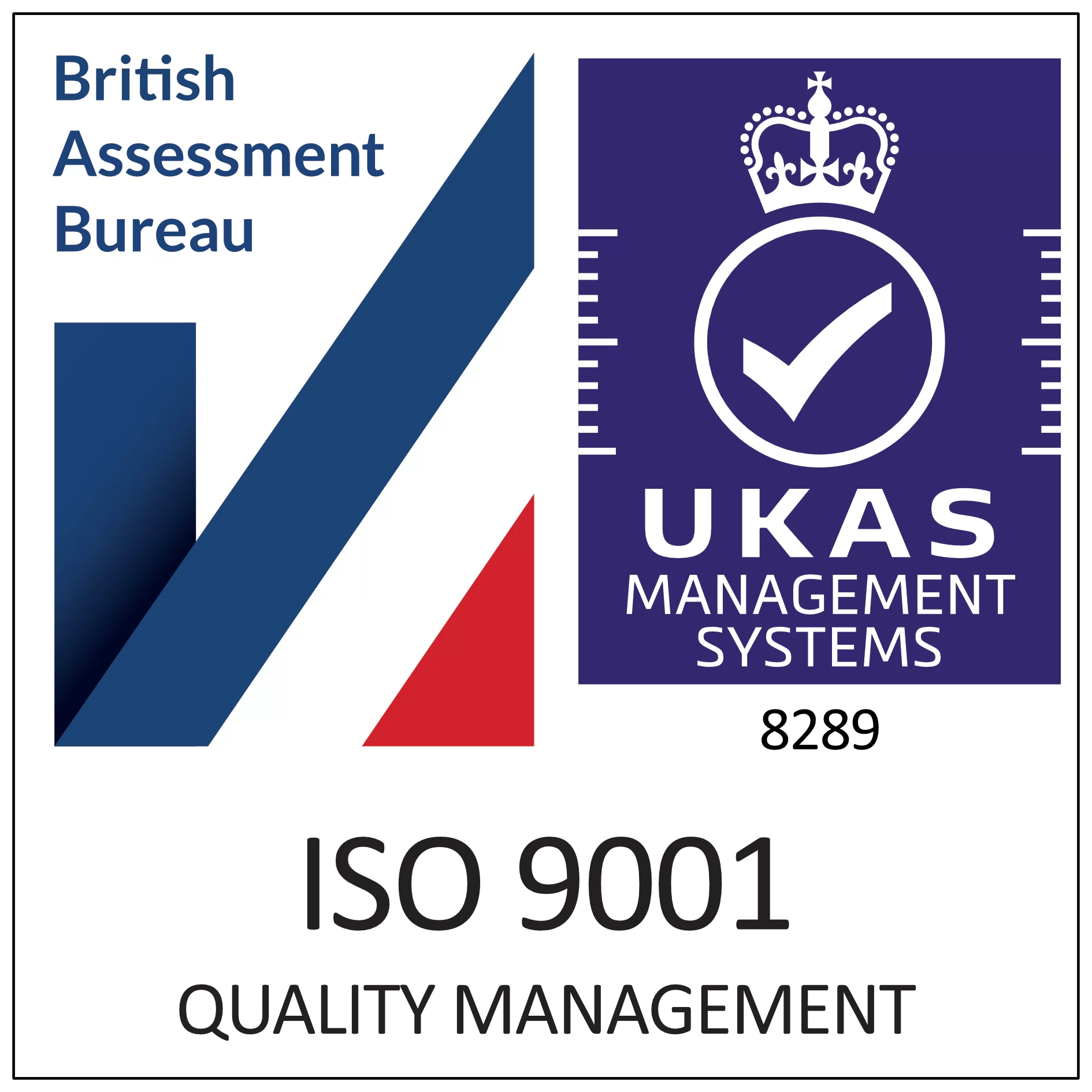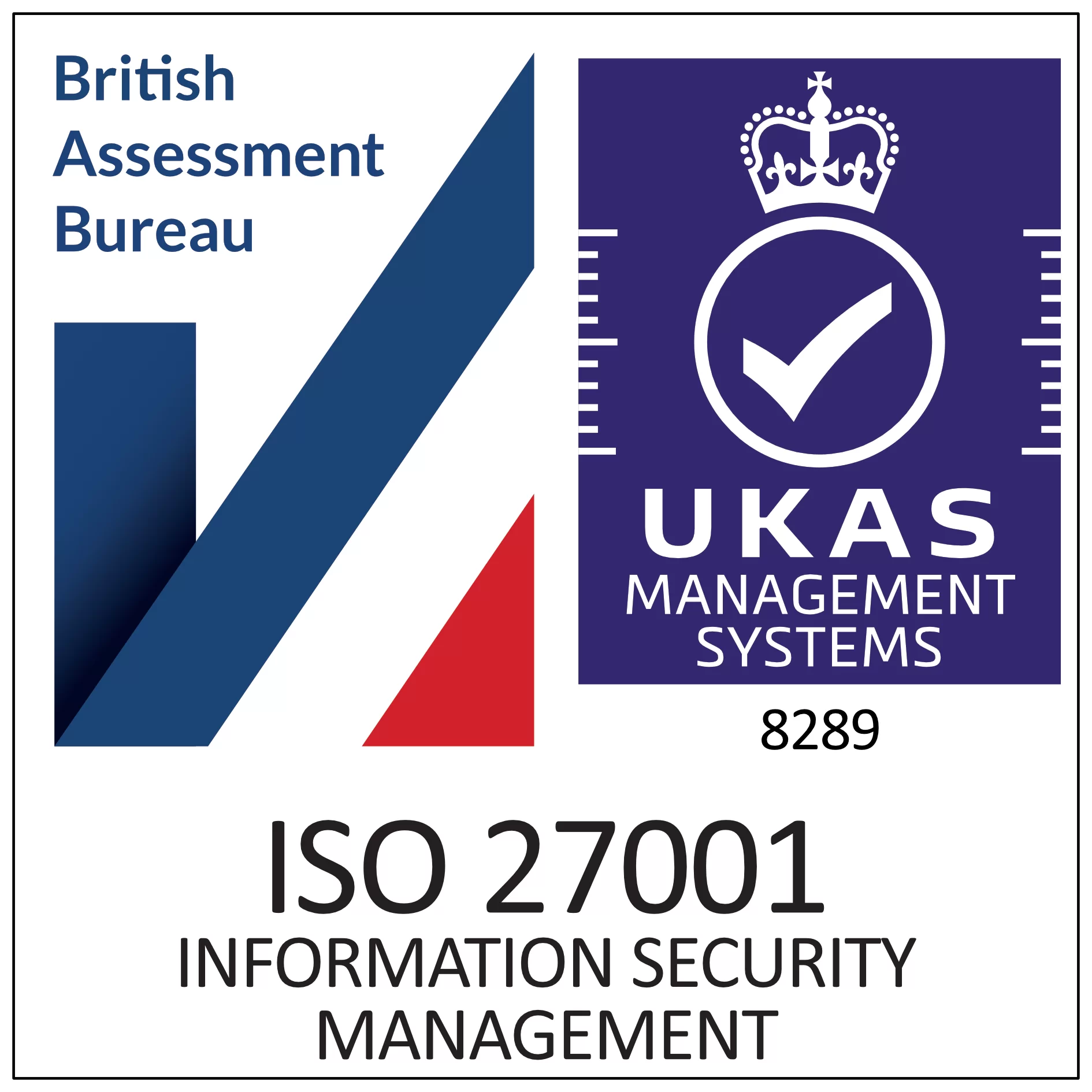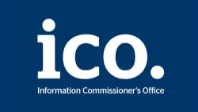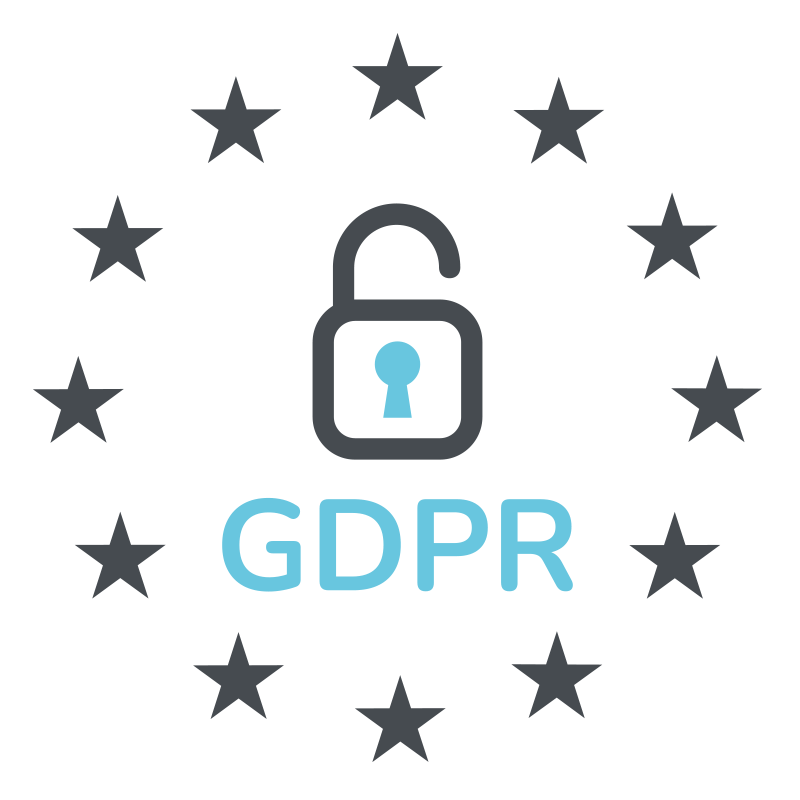Home | News & Insights |
How to Reject a Business Proposal Politely (Without Burning Bridges)
Laura Cain
Marketing & Brand Manager
PUBLISHED
18th March, 2025
Contents
Receiving business proposals is an essential part of any company’s growth journey. However, not every proposal aligns with your organisation’s goals, needs, or values. When faced with the task of rejecting a business proposal, it’s crucial to do so in a way that maintains professionalism, respect, and transparency.
Why is this important? A well-handled rejection preserves business relationships, keeps future opportunities open, and enhances your company’s reputation. On the other hand, a poorly communicated rejection—whether too abrupt, vague, or unprofessional—can damage relationships, lead to misunderstandings, and even harm your brand’s credibility in your industry.
A professional rejection reassures the proposer that their time and effort are valued, even if their offer isn’t the right fit. It also reduces the likelihood of persistent follow-ups, resentment, or negative word-of-mouth.
In this blog, we will explore the reasons behind proposal rejections, offer guidance on crafting effective rejection letters, and provide example templates for politely declining business offers. Many businesses streamline their proposals with business proposal templates, so why not save time and effort when responding to them, too?
Why do business proposals get rejected?
Before we delve into crafting rejection letters, it’s important to understand the factors that lead to a business proposal rejection. Here are the key reasons proposals often face decline:
- Misalignment: Understanding the factors that lead to the rejection of business proposals is essential before we delve into crafting rejection letters. Here are the key reasons proposals often face decline:
- Lack of fit: Sometimes, a proposal’s products, services, or solutions don’t align with your organisation’s specific requirements. If the proposal doesn’t cater to your unique needs, it’s unlikely to move forward.
- Financial constraints: If a proposal is financially unfeasible or fails to provide enough value for the cost, it’s a strong reason for rejection. Your organisation’s budget and financial considerations play a significant role in the decision-making process.
- Competitive offerings: In cases where you receive multiple proposals, one might outshine the others by better meeting your criteria or offering a more competitive advantage. A proposal’s ability to stand out among its peers is crucial
- Unsatisfactory terms: The terms and conditions presented in the proposal can greatly influence the decision. If the pricing, timelines, deliverables, or other terms are not acceptable, it can lead to rejection.
- Poor presentation: The way a proposal is presented matters. If a proposal is poorly written, lacks clarity, or fails to effectively communicate its value, it’s more likely to be rejected, regardless of the quality of its content.
Understanding these common reasons for proposal rejection allows you to navigate the rejection process more effectively, ensuring your communication remains respectful and transparent.

Before you reject, be sure to evaluate carefully
Saying no to a business proposal isn’t always a straightforward decision. Before rejecting a proposal, it’s essential to carefully evaluate it to ensure that your decision is well-informed and aligns with your company’s long-term interests. Taking the time to assess the offer thoroughly can prevent missed opportunities, protect business relationships, and ensure your response is both fair and professional.
Key factors to consider before saying no
Before drafting your rejection, ask yourself these important questions:
Does the proposal align with your business goals?
- Will this partnership, service, or collaboration help you achieve your company’s strategic objectives?
- If not, is there a way to modify the terms to make it more suitable?
Do you have the budget and resources for it?
- Even if the offer is valuable, do you have the financial or operational capacity to take it on at this time?
- Could this be a future opportunity rather than an outright rejection?
Are there legal or ethical obligations involved?
- Have you already entered negotiations or signed any preliminary agreements?
- Would rejecting this proposal have contractual or ethical implications?
Does this proposal offer unique value?
- Is there something about this proposal that differentiates it from competitors?
- If rejecting it, could you suggest an alternative arrangement or a referral to another provider?
What is the potential impact of rejection?
- Will saying no damage a long-term relationship?
- Could this decision affect your company’s reputation in the industry?
Decision-making checklist for business proposals
To streamline your evaluation, use this quick checklist before rejecting a proposal:
- The proposal does not align with current business objectives.
- The timing, budget, or resources are not suitable.
- There are no legal or contractual obligations requiring engagement.
- A polite and professional rejection will not harm future relationships.
- (Optional) You have an alternative suggestion or referral to soften the rejection.
By carefully considering these factors, you can ensure your rejection is thoughtful, well-reasoned, and professional—helping you maintain strong business relationships while keeping the door open for future opportunities.
How to reject a business proposal professionally
Best practices for politely declining the proposal
- Acknowledge the sender’s effort.
- Respond in a timely manner.
- Be clear, concise, and professional.
- Express gratitude and maintain a positive tone.
Crafting a Professional Rejection Letter

Rejecting a business proposal is a task that requires sensitivity and professionalism. Here’s a detailed guide on how to write an effective rejection letter that maintains a positive and respectful tone:
-
Express Gratitude
Begin your rejection letter by expressing genuine gratitude for the time, effort, and interest the sender has invested in preparing the proposal. Recognise their dedication and the value they bring to the table.
Example:
“Dear [Sender’s Name],
I wanted to extend my heartfelt gratitude for taking the time to prepare and submit your proposal to [Company Name]. We truly appreciate the effort you’ve put into crafting this proposal and considering us as a potential partner.”
-
State the Decision Clearly
Be straightforward in communicating the decision to decline the proposal. Clearly state that, after careful consideration, you have decided not to move forward with the proposal.
Example:
“After careful evaluation and consideration, we regret to inform you that we have chosen not to proceed with your proposal at this time.”
-
Provide a Reason (Optional)
If appropriate, offer a brief explanation for the decision. This explanation can help the sender understand why their proposal was not accepted without being overly critical.
Example:
“While your proposal showcases several commendable aspects, we have determined that it does not fully align with our current objectives and specific requirements.”
-
Maintain Positivity
Maintain a positive and appreciative tone throughout the rejection letter. Acknowledge the strengths of their proposal, even if it wasn’t the perfect fit for your organisation’s needs.
Example:
“We would like to highlight the innovative ideas and dedication you’ve demonstrated through your proposal. Your insights and solutions are undoubtedly impressive.”
-
Offer Future Consideration
If you genuinely see potential in the sender’s offerings or believe their proposal could be a better fit under different circumstances, express your openness to considering their offerings in the future.
Example:
“While we won’t be moving forward with this proposal, we remain open to exploring potential collaborations that align more closely with our evolving needs. Your expertise is something we value and may explore down the road.”
-
End on a Polite Note
Conclude the rejection letter with a polite and encouraging note. Wish the sender continued success in their endeavours and leave the door open for potential future interactions.
Example:
“Once again, we appreciate your interest in partnering with [Company Name]. We wish you continued success in your ventures and look forward to the possibility of crossing paths again in the future.”
By following these steps, you can ensure that your rejection letter is both considerate and professionally crafted, leaving a positive impression even in the face of disappointment.
Example Rejection Letter Templates
Providing practical illustrations of how to navigate the delicate task of declining a business proposal with professionalism, we have prepared three example templates that offer demonstrations of the art of gracious rejection. These templates serve as models to guide you through the process of crafting a thoughtful and considerate response to business proposals that may not align with your organisation’s current objectives or requirements.
Template 1 – General Rejection:
Dear [Sender’s Name],
I hope this message finds you well. I want to extend my sincere gratitude for submitting your proposal to [Company Name]. Your effort in preparing this proposal is truly appreciated.
After careful consideration, we have decided that the proposal is not aligned with our current needs and objectives. While your offerings are impressive, they do not meet the specific requirements we are seeking at this time.
Please know that this decision was not taken lightly, and we hold your efforts in high regard. We wish you all the best in your endeavors and hope our paths may cross again in the future.
Thank you once again for considering [Company Name].
Warm regards,
[Your Name]
Template 2 – Financial Constraints:
Hello [Sender’s Name],
Thank you for submitting your proposal to [Company Name]. Your dedication to delivering value is evident, and we appreciate the effort you put into it.
After a thorough evaluation, we regret to inform you that we are unable to proceed with your proposal at this time. While your offerings are compelling, they do not align with our current budget constraints.
We admire your expertise and innovative solutions and hope to explore potential collaborations when circumstances permit. We wish you continued success and growth.
Best regards,
[Your Name]
Template 3 – Unsuitable Fit:
Dear [Sender’s Name],
I trust this message finds you well. We want to extend our thanks for considering [Company Name] as a potential partner for your offerings.
After a comprehensive review, we have determined that your proposal does not perfectly match the specific needs and requirements we have at this moment. We acknowledge the strengths of your proposal but believe there isn’t a suitable fit for our current objectives.
We value the effort you invested in preparing the proposal and wish you the best in your future endeavours. Your expertise is evident, and we look forward to the possibility of exploring collaborations in different areas.
Warm regards,
[Your Name]

What to do if you change your mind after rejecting a proposal
In some cases, circumstances may change after you’ve already rejected a business proposal. Perhaps a shift in priorities, available resources, or new opportunities might make the proposal more appealing or relevant.
While it’s not uncommon to reconsider a decision, it’s essential to handle this situation delicately and professionally to avoid confusion or miscommunication. Here’s how you can approach it:
Be transparent and honest
If you decide to revisit a rejected proposal, it’s important to be open about your change of heart. Explain why the situation has changed and why you now find the proposal worth reconsidering. Being honest about your reasoning shows integrity and helps rebuild trust with the proposer.
Acknowledge your previous decision
Start by acknowledging your previous rejection to avoid any confusion. Let the proposer know that, after careful thought or new developments, you’re now open to further discussions. This helps show that you’re considering the matter thoroughly and not making hasty decisions.
Show appreciation for their patience
If the proposer has been waiting for a response, show appreciation for their patience and understanding. A simple “thank you” can go a long way in maintaining a positive relationship, as it demonstrates respect for their time and effort.
Reopen the conversation professionally
Don’t just say, “I’ve changed my mind,” and expect things to pick up where you left off. Instead, reframe the conversation as a fresh opportunity. Propose a follow-up meeting or discussion to re-evaluate the terms of the proposal or explore any new developments that may have made it a better fit.
Set clear expectations going forward
Be sure to outline next steps and establish clear expectations going forward. If you are interested in moving forward with the proposal, outline any changes that might be necessary or any conditions that need to be met. If you’re not entirely sure yet, let the proposer know that you need more time to decide and provide a reasonable timeline.
Reject business proposals politely
Rejecting a business proposal requires a balance of professionalism and empathy. By understanding the reasons behind your decision, following a clear approach to crafting a thoughtful rejection letter, and using the example templates we’ve provided, you’re well-equipped to handle this process with confidence.
Mastering this skill not only ensures your company maintains strong, respectful relationships but also keeps the door open for future opportunities. Remember, even when saying “no,” you’re still leaving room for new possibilities down the line.
Send and sign documents seamlessly with E-Sign
Businesses rely on a wide range of documents (such as business proposals) in order to successfully operate on a day-to-day basis and grow in the long term. But paper documents lack efficiency causing you to spend more time, energy, and money on mundane admin than any organisation should need to!
E-Sign’s electronic signature and document management solution provides secure and legally binding e-signatures to simplify your workflows. Turn days or weeks of waiting for documents to be signed to a turnaround of just a few minutes, with the ability to sign from any device, any location, and at any time.
Contact us today to discuss your requirements or if you’re ready to get started, sign up for our 14-day free trial and experience first-hand how e-signing can benefit your business.
FAQs
Should I give a reason when rejecting a business proposal?
It’s generally a good idea to provide a brief reason for your rejection, as it shows respect for the proposer’s effort and time. You don’t need to go into great detail, but a simple explanation (e.g., “After reviewing your proposal, we’ve determined that it doesn’t align with our current business goals”) will do. Avoid being overly critical, as the goal is to maintain a professional relationship for future opportunities.
How do I reject a proposal while keeping the relationship open?
To reject a proposal while keeping the door open for future opportunities, express gratitude and leave the conversation on a positive note. You could say something like, “While we’re unable to move forward with this proposal, we appreciate your time and effort. We’d be happy to explore potential opportunities in the future.” This lets the proposer know that the door isn’t fully closed.
Is it rude to reject a proposal without explanation?
While it’s not outright rude to reject a proposal without providing a reason, it can be seen as impolite or dismissive. Offering at least a brief, respectful explanation helps maintain goodwill and ensures the proposer feels their time was valued. However, if you’re dealing with a particularly sensitive situation or want to avoid giving a reason, ensure your tone remains polite and professional.
Can I negotiate terms instead of outright rejecting?
Yes! If the proposal has potential but doesn’t fully meet your needs, it’s perfectly acceptable to enter into a negotiation rather than outright rejecting it. Politely express areas where you’d like to see adjustments and propose terms that would work better for you. For example, “While we’re unable to accept the current terms, we’d be interested in discussing adjustments to align better with our budget/timeline/requirements.”
What legal considerations should I keep in mind when rejecting a proposal?
When rejecting a proposal, especially if it’s a formal business or partnership proposal, ensure that you’ve reviewed any contractual obligations or legal commitments. If there’s an existing agreement, such as an exclusive negotiation period or non-disclosure agreement, be sure to adhere to those terms. It’s important to reject the proposal in a way that complies with any agreements to avoid potential legal complications.
 Facebook
Facebook
 X (Twitter)
X (Twitter)
 LinkedIn
LinkedIn











